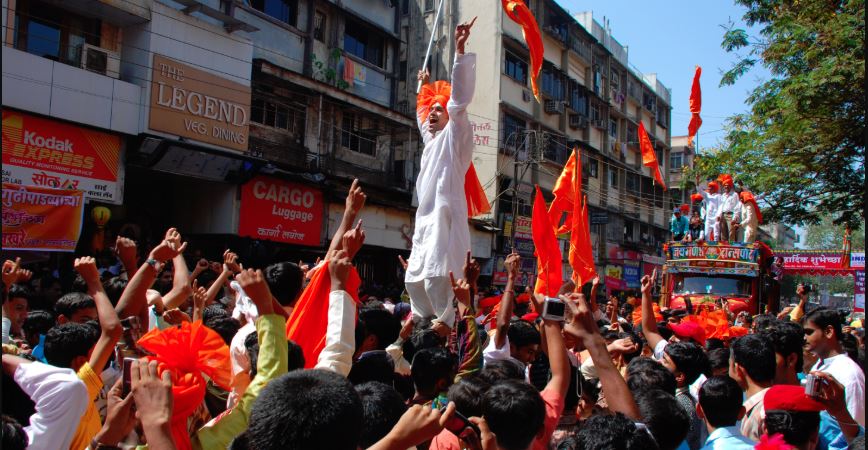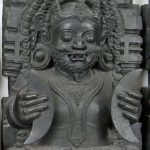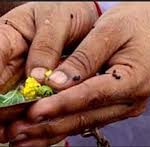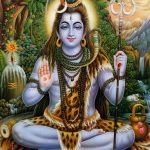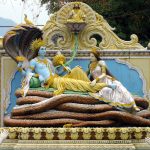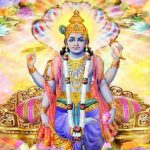Visiting India in the months of March-April can be a very exciting and interesting experience. In these months, you will see a varied range of festivities and will get to witness rituals and traditions which will be different from each other. India is not only an amalgamation of 29 states and 7 union territories but also of cultures and traditions which are distinct and sometimes contrasting. One such festival in the Hindu Vedic Calendar is the first day of the Chaitra month. The day marks the beginning of the Hindu New Year. This new year day has a list of names all over India. In Maharashtra, it’s called Gudi Padwa.
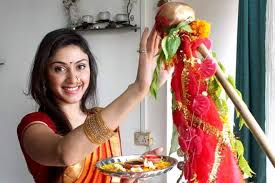
It is a synthesis of two Marathi words, ‘Gudi’ or ‘flag’ and ‘Padwa’ that means ‘the first day’. In fact, it falls on Chaitra Shukla Pratipada. Pratipada means the first day. It refers to the first day of the Shukla Paksha, or bright fortnight, also known as the waxing moon phase. On this day, three-fourth of the moon remains in the shadow.
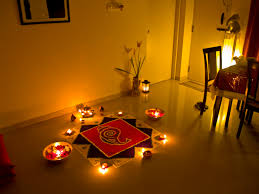
Legends
The festival’s history leads to a number of legends attached to this festival. There is one legend which states that Lord Ram defeated King Bali on this day. With the end of Bali, the people of Bali were freed from his curse.
Following which, in the honour of the victorious Rama, people of Ayodhaya hoisted victory flags from their homes. Therefore, it is a celebration of victory.
Another legend talks about lord Brahma and the creation of the universe. Hence, Maharashtrians worship Lord Brahma, the creator, for good crops and prosperity in wealth and health.
History
Gudi Padwa history says that Sivaji Maharaja, the most powerful king of Marathas, defeated his enemy in a battle on this day. On his return, his people were waving the Maratha flag from their doors and windows. Therefore, it’s now a ritual to place a flag outside their house on this day.
Gudi Padwa Festival
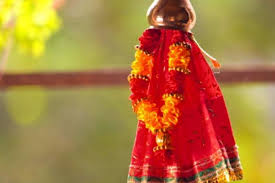
To make a Gudi you take a long stick, equal to the size of the entrance door, cover it with a golden bordered silk cloth. Put a garland of marigold flowers on it and cover it with a copper pot.
Make a Swastika on the pot using turmeric and vermillion powder. The swastika is an important symbol in Hindu festivals. Gudi is placed on the right side of the main door or on the window.
It is a belief that drinking water from a copper jug helps in digestion and keeps your body cool. Hence, Maharashtrians drink water from the copper pot the next day.
Toran
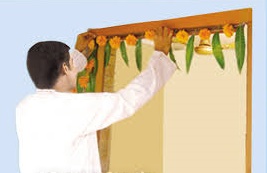
You will see decorations of marigold and mango leaves on all doors and windows of the house. This is called the toran.
Rangoli
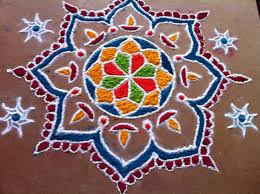
The lady of the house wakes up early in the morning to make beautiful rangolis with different coloured powders. You can make a Rangoli either on the porch or in the courtyard of the house. As a matter of fact, Rangoli is a beautiful motif full of dry colour powder.
In fact, Toran, Rangoli and placing the Gudi are symbols used to invite God in the house. Lezim dance is performed by women during the procession. The order of rituals are sacred to Maharashtrians, hence there should be a complete dedication to rules. These rules are:
- Oil bathing in the morning.
- Placing the Gudi
- Worshipping Gudi within 8 to 10 minutes of sunrise
- Making Rangoli
- Decorating entrance door and windows with Toran
Dress & Food
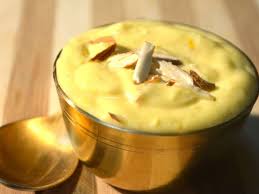
Additionally, you will see men and women wearing their traditional dresses. Men wear white Kurta and Pyjama while women wear dark or bright coloured 9 feet long sarees. Moreover, you will find them tying this saree in a unique fashion. Konkani women do not wear their saree in the normal skirt style. They pull their saree up between their knees in the form of pants.
Konkani and Maharashtrian women lay a delicious meal on the day of the festival. They make Puran Poli or sweet bread. In addition, Neem, Jaggery, and Imli are three important ingredients of their meal on Padwa. These three helps in purifying the blood. The traditional delicacies are Shrikhand( dessert), together with Puran Poli, Kheer, and Sabudana vada.
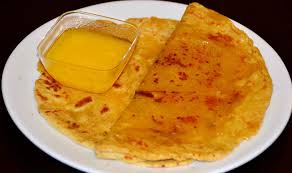
Significance
The significance of this festival are:
- It marks the end of winter and the start of spring.
- Ending of the winter crop season.
- Its is New Year of Maharashtrians.
- Flag hoisting is a sign of good luck and victory.





